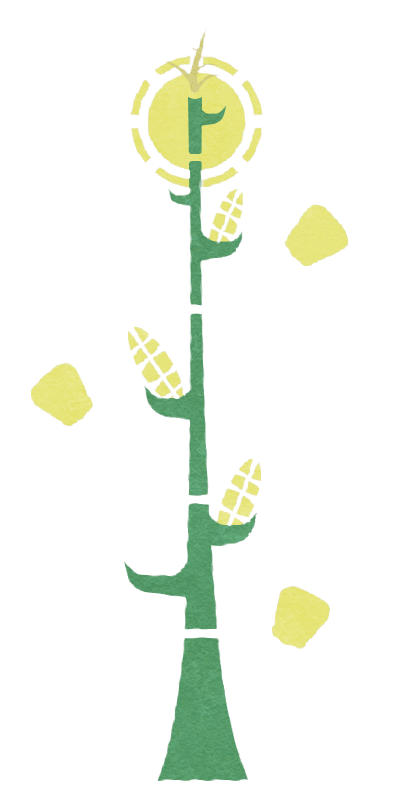Outych
Wonderful smells of cooked and seasoned fish, sweet soups, and vegetables filled the air. My hosts were kind, and were happy to show me to a seat. Kyteux cuisine is quite delicious, I must say.An outych is a grand, monthly feast where members of a Kyteux family— close and extended— come together to enjoy a feast.
Food for the Living & the Dead
| Main Course | Description |
|---|---|
| Chyt fillet | A fish with fatty, flavorful, white meat— with a rich, buttery flavor. Often, spices and sauces are added— exactly which varies greatly. |
| Heulto | Soup with a tomato broth— shredded turkey, corn, and papaya slices. |
| Butternut roast | Diced & roasted butternut squash, with some kind of meat and vegetable mixed. Papaya or ytnxol often is added, as well. |
| Side | Description |
|---|---|
| Tost- ones |
Twice-fried round cuts of plantain. Often served alongside a small bowl of Taxoul sauce. |
| Dried ytnxol | Cut and dried slices of the ever-popular yntxol fruit. |
| Tihoun | A hybrid corn/plantain fritter which can contain a variety of tertiary ingredients within. |
| Dessert | Description |
|---|---|
| Zenul | Baked, sweetened corn cakes which are then saturated with a mix of honey and fruit juices. |
| Honeyed yntxol | Yntxol slices, coated with honey, and dried. |
| Banana cake | Overripe bananas baked into a bread, with a variety of jams covering the top. |
Proper etiquette
One must refrain from eating— let along placing their hands on the table— until the eldest patriarch and matriarch have each taken a bite. Then, one may begin. After the meal, a religious dance called the Puetoul is performed by a chosen three family members— as a way of giving thanks to their ancestors for their lives and the feast they just partook in. This is a Kyteux staple, and doesn't change too greatly from family to family.Puetoul
This dance requires three people to perform it, two act as ancestors, and the third acts as a living family member. As many Zytex dances begin, the performers will start with the left foot placed on the right knee, with the left knee placed outwards towards the left. Their hands will be held open, facing the ground, and held out to each side lightly— so as to be able to move quickly when needed.As the dance progresses, the two acting ancestors will hold out their sky-facing palms— brought together— and lean forward towards the living family member. In turn, the living actor will bow and take from their palms. This symbolizes the ancestors delivering food and prosperity to the living.
As the dance proceeds for some time, both parties spin and move around one another— symbolizing an interconnectedness between the living and their ancestors— until finally, the living actor presents their ancestors with their own food.
Both parties return to the position they began in, bow, and the dance is ended.
Catering for the afterlife
An excess of food is always prepared, so that what remains at the end of the day can be shared with the ancestors of the family. This food is taken to pool called a Euchyt where the connection between this world and the next is the strongest.This food is then taken and placed on a wooden raft softened with willow leaves called an eucheun— and floated into the pool.
It is left here for a number of hours— exactly how long changes from family to family— so that their ancestors, too, may partake of the outych.





I love the way you formatted the food with tables, separated with main, side, and dessert dishes!